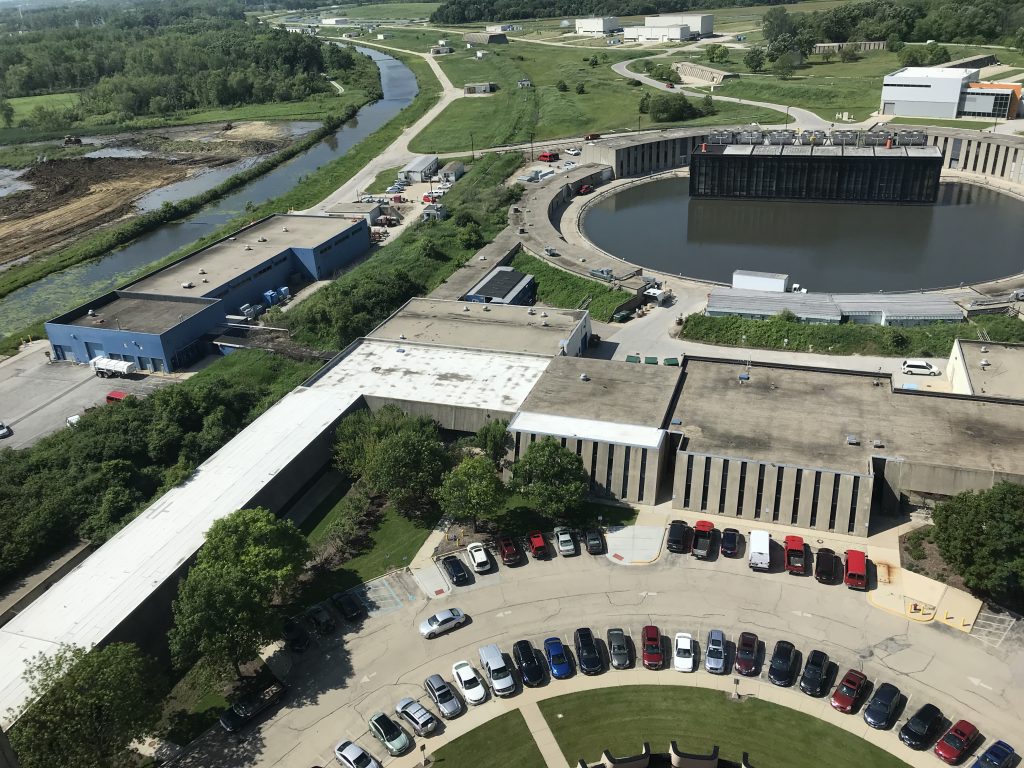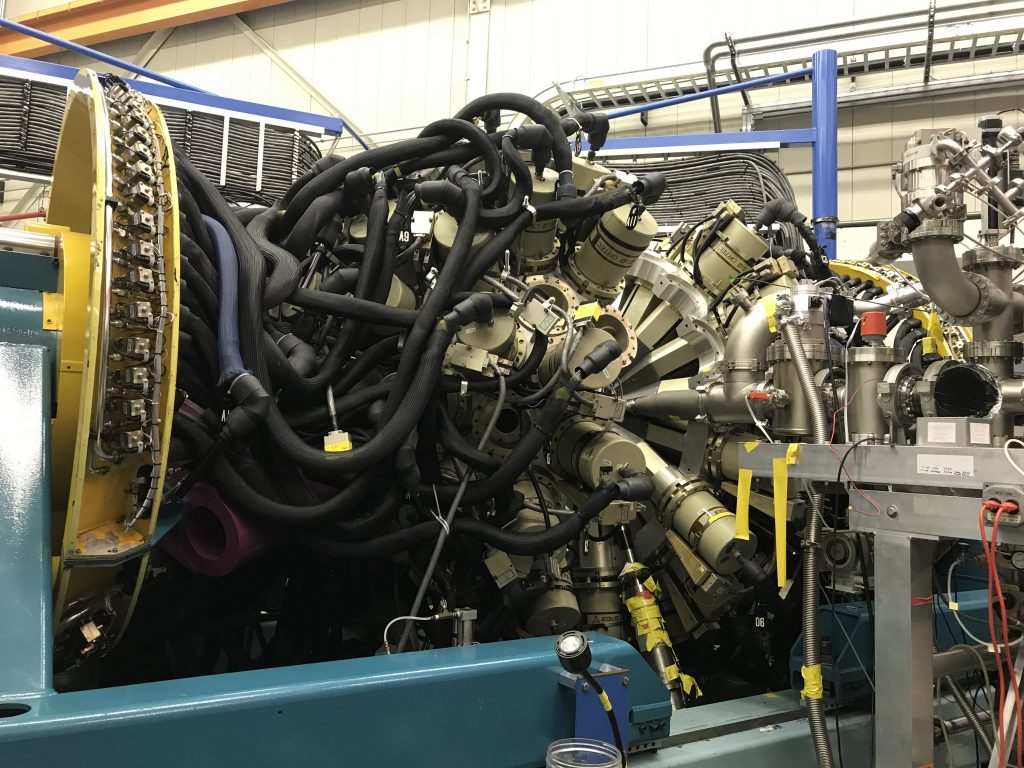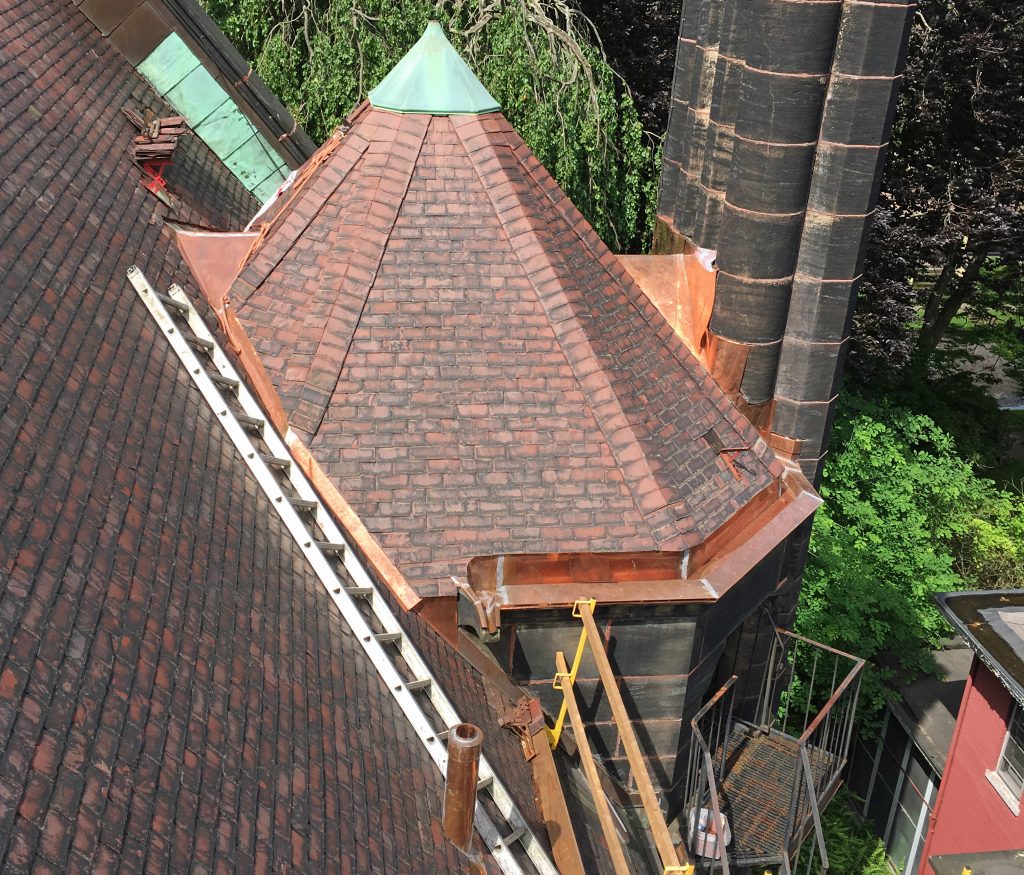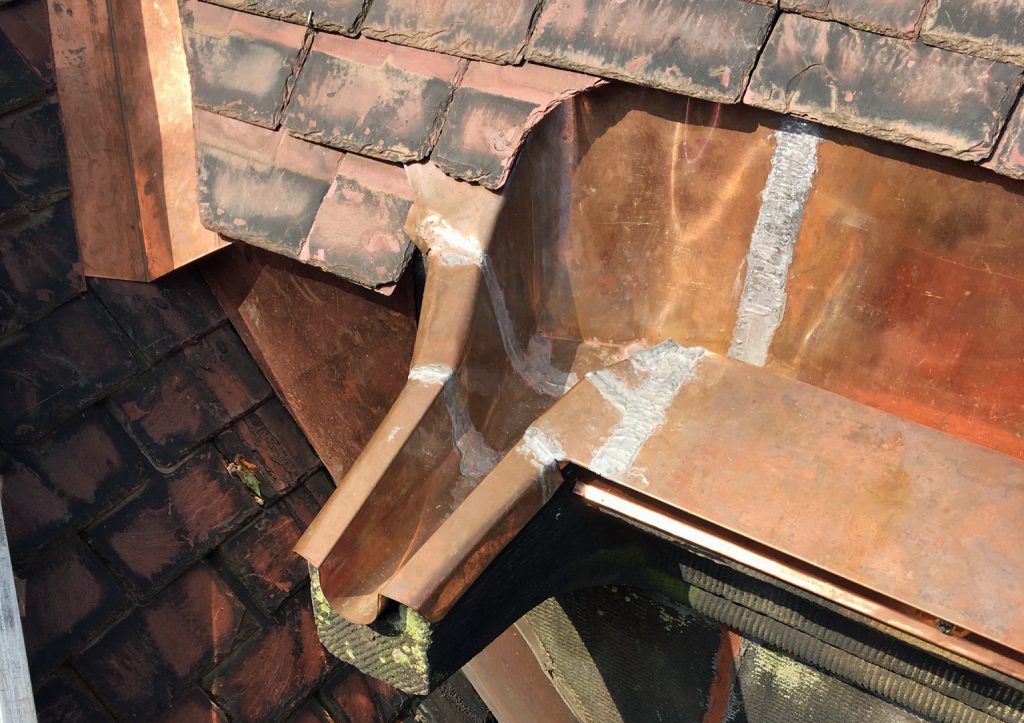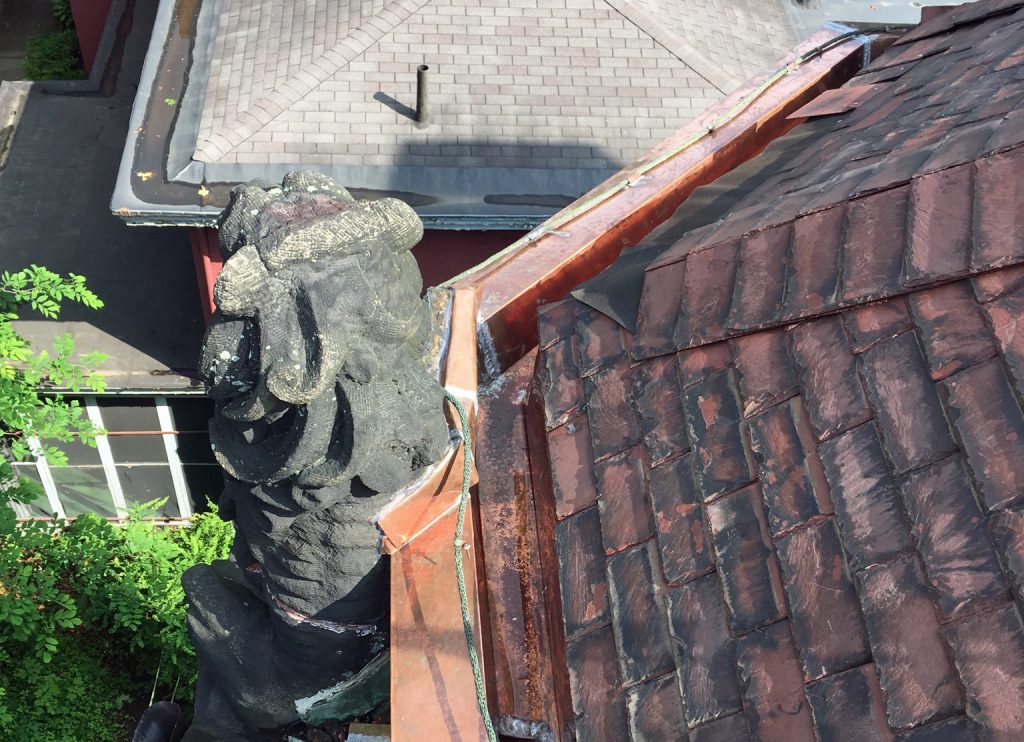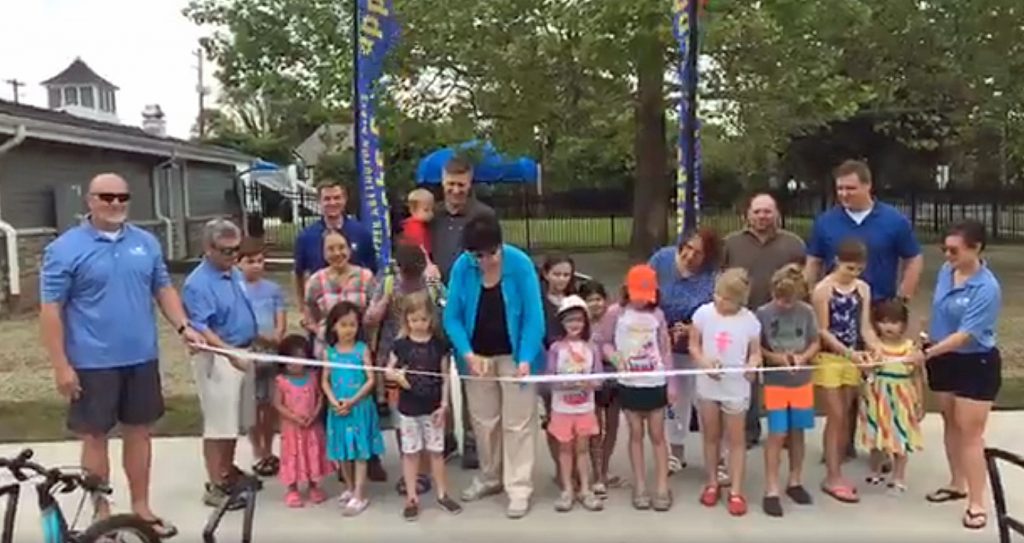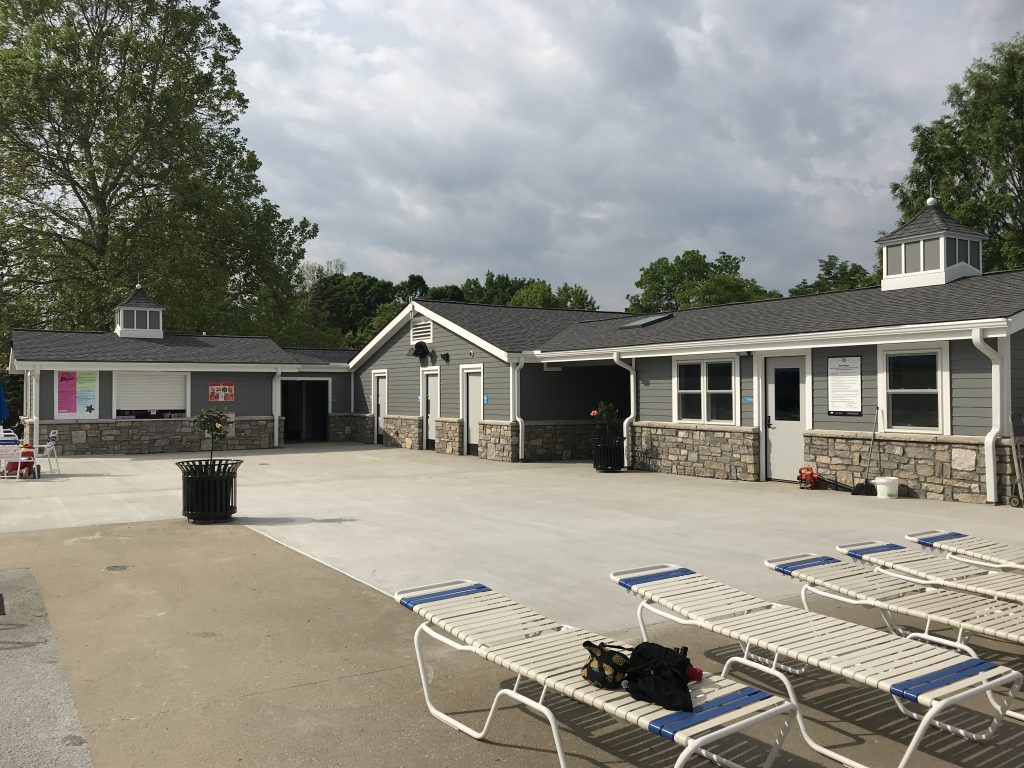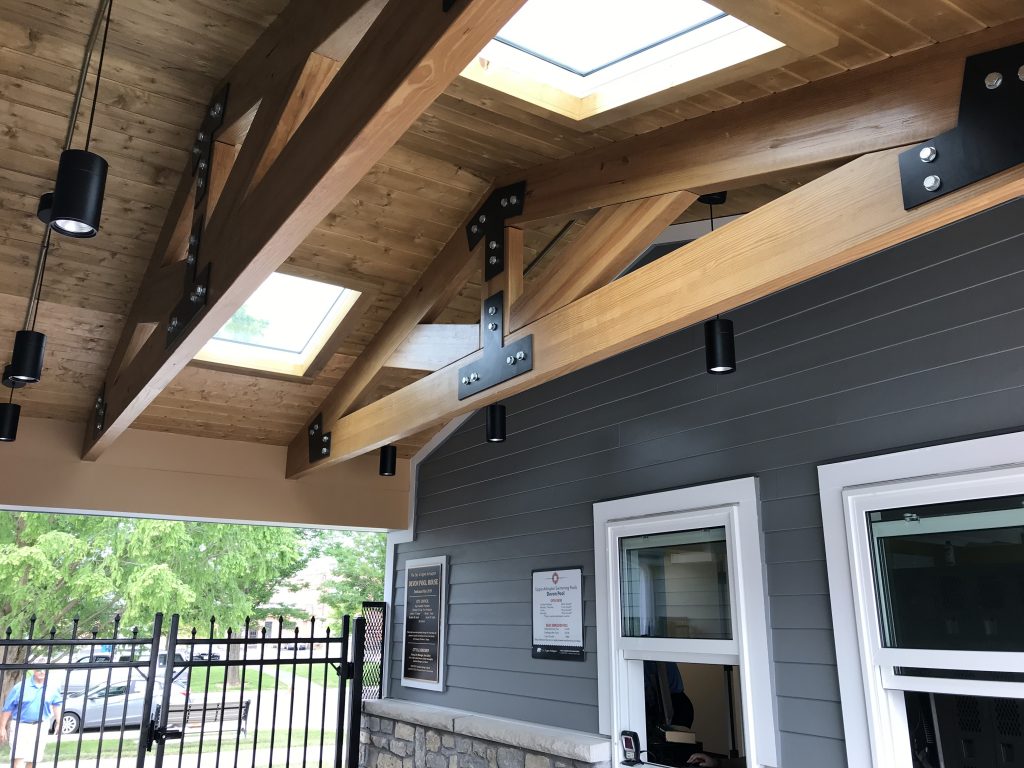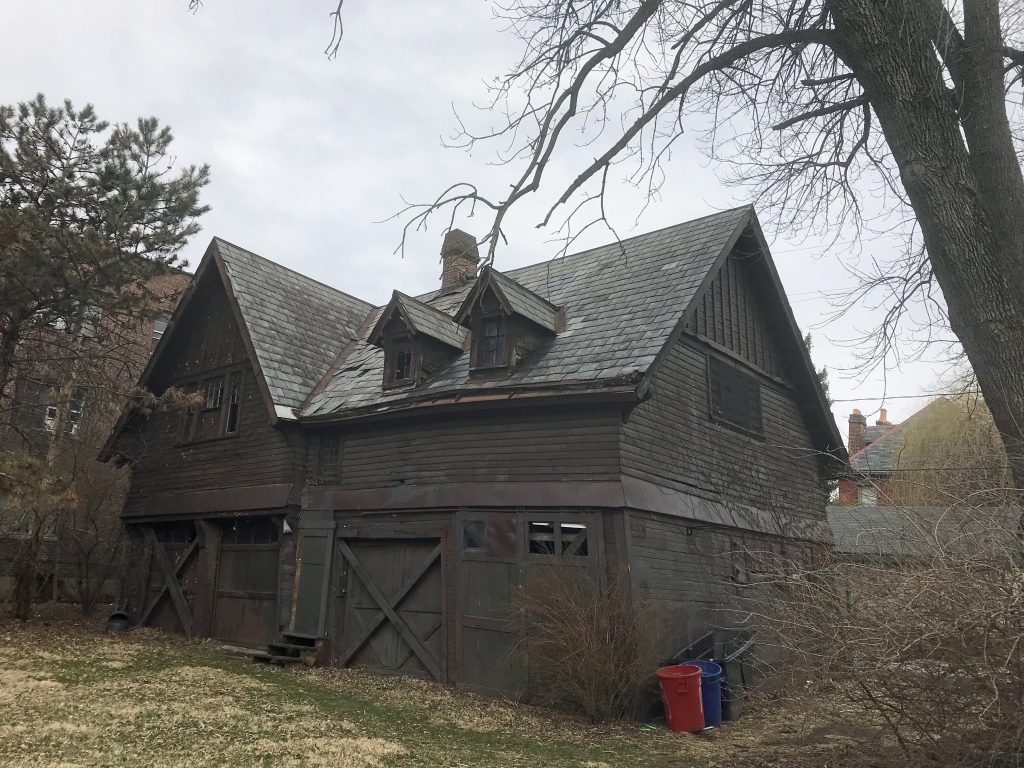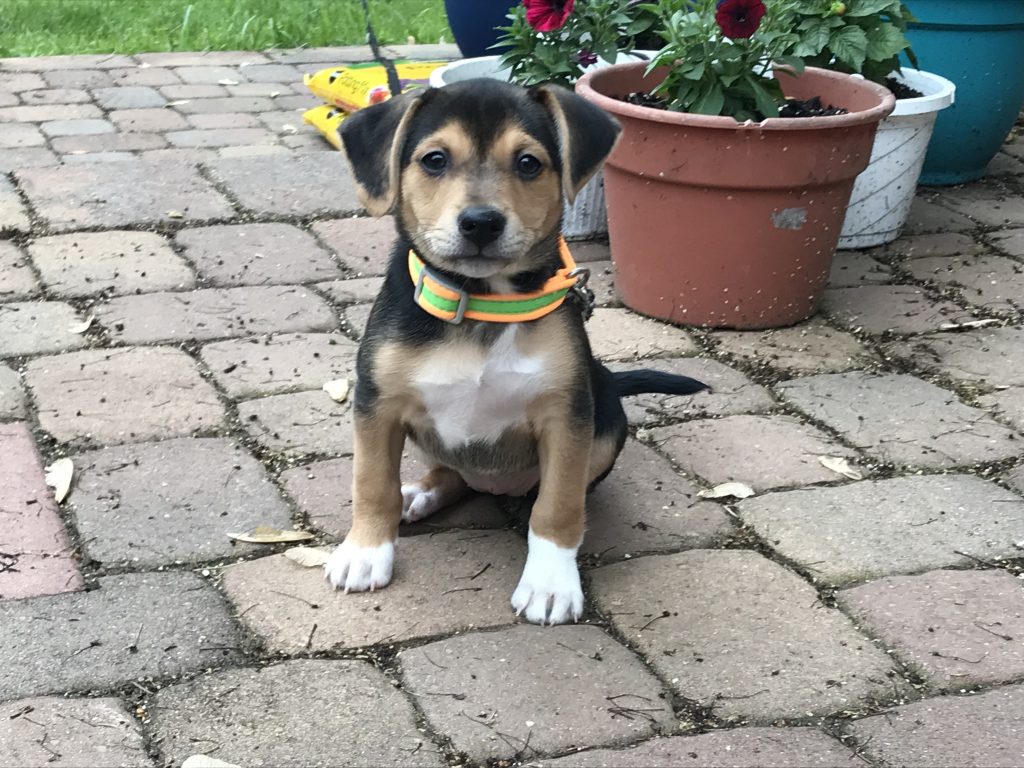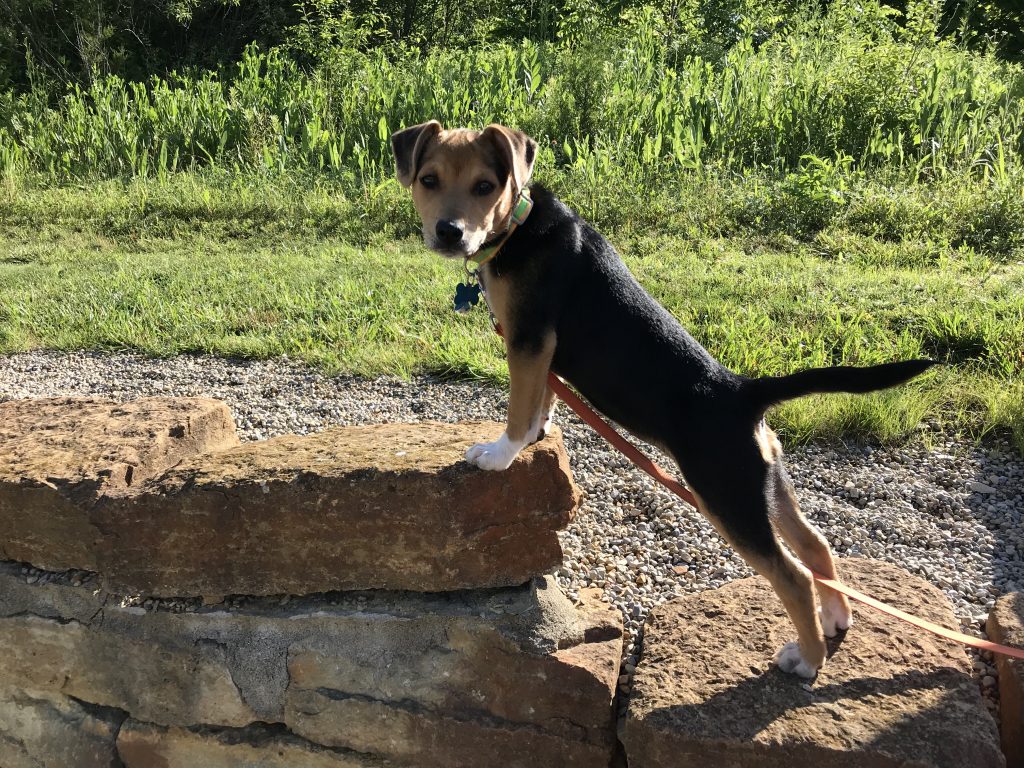American Cultural Resources Association Holds its First Online Conference
Due to COVID-19, ACRA opted to hold its national conference online — from September 24-25, 2020 — rather than in person in San Antonio, Texas. Congratulations to the conference organizers as it was both well-attended and well-reviewed! HDC President Charissa Durst, a founding member of the organization, currently serves as the awards chair. Click here to view the video of the award winners. The video was highly rated and will likely be the presentation method in the future.
HDC Starts Work on Historic Veterans Cemetery Lodges
HDC had previously teamed with Tetra Tech, a provider of consulting and engineering services worldwide, on a series of preservation projects for the U.S. Army Corps of Engineers, Huntington District. When Tetra Tech contacted HDC this summer to ask if we would be willing to work with them on the renovation of historic lodges at VA cemeteries, of course we said yes! The lodges in the national cemeteries were built by the U.S. Army Quartermaster’s Department to provide residential and office space for cemetery superintendents, as many were located on the frontier. Between 1867 and 1871 temporary wooden lodges and one-story masonry lodges designed by architect Edward Clark were built but deemed to be insufficient. Clark’s 1869 design for a 1 ½-story, L-plan house with a mansard roof in the Second Empire style was further refined over a two-year period before civil engineer Thomas P. Chiffelle drew a definitive version of it in 1871. Dozens of these lodges were built across the country in the 1870s. Charissa Durst and Cathie Senter flew to Omaha, Nebraska, and then drove three hours to Lincoln County to kick off fieldwork at Fort McPherson National Cemetery in Maxwell, Nebraska. The team then drove seven hours to work on the lodge at Fort Scott, Kansas. While there, the team learned all about the maintenance problems related to sand toads and ground flies!
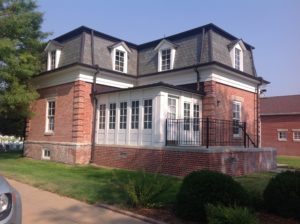
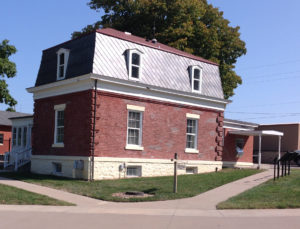
The lodge at Fort McPherson National Cemetery (left) and the lodge at Fort Scott National Cemetery (right). Both were constructed c. 1874.
HDC Collaborates with M-Engineering
HDC first worked with the structural engineers at M-Engineering in the 1990s on the renovation of the Davis-Shai House in Heath, Ohio. Most recently, HDC has supported the engineers at M-Engineering on two projects: the replacement of the domestic water riser at Rhodes Hall on OSU’s medical campus, and the design of buildings to house new backflow preventers and water meters where OSU’s water system connects with the City of Columbus’ infrastructure. HDC’s input for the Rhodes Hall project included locating the new risers to avoid major building code impacts. For the backflow preventer and water meter project, the team looked at three possible locations: two along Lane Avenue and one along Herrick Drive. OSU did have HDC design a cute barrel-vaulted building to blend in with the existing structure at the Bloch Cancer Plaza, but this option was ultimately eliminated due to the uncertain timeline for consulting with the Bloch family.
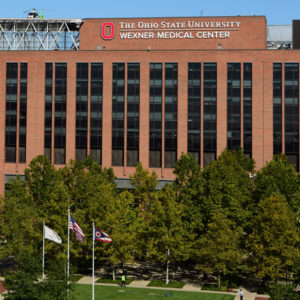
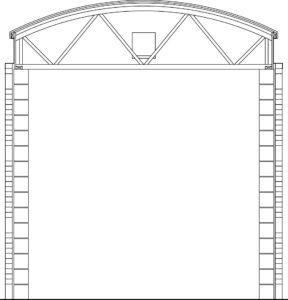
Left: The new riser extends from the basement to the 5th floor mechanical room of Rhodes Hall. Right: Preliminary design section for a water meter and backflow preventer building at the OSU’s Bloch Cancer Plaza.
Devon Pool Mechanical Building Demolition Starts!
The City of Upper Arlington decided that that it would be easier to enforce COVID-19 rules at the smaller Devon Pool, so work on the new mechanical building could not start until the pool closed in mid-August. Setterlin Construction is the general contractor, and the initial work involved removing the pool equipment inside the buildings and the concrete deck that is to be replaced. Almost immediately, the 1930s-era concrete deck was found to still be in place around the east side of the pool, which was not the case at the west end near the Bath House. During progress meetings, the team determined which drain lines could be relocated and which could not, resulting in channeling of the 1930s concrete. Meanwhile, work continued on the excavation for the new underground tank and demolition of the existing frame buildings.
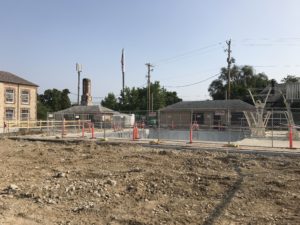
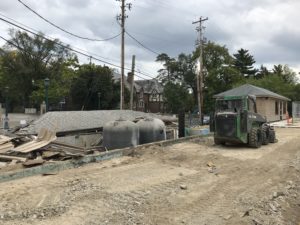
Left: Most of the concrete deck to be replaced has been removed. Right: The north mechanical building’s frame structure is down.
Ziti Continues to Visit State Parks
With COVID-19 restrictions, Ziti has not had to endure staying in a kennel for 10 days while her humans take a long vacation out west. Instead, Ziti has accompanied her humans on shorter driving vacations. Over July 4 weekend, Ziti got to visit Blackwater Falls State Park in West Virginia. In August, she got to see the stone arches in Red River Gorge National Recreation Area in Kentucky. Both parks are about a four-hour drive from Columbus. And she may yet get another long weekend trip later this fall to another adjoining state!
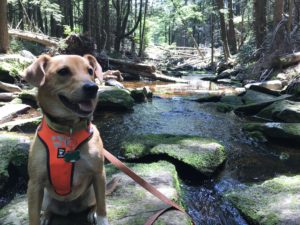
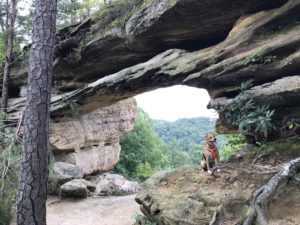
Ziti enjoying Blackwater Falls State Park in West Virginia (left) and posing at Double Arch in Red River Gorge National Recreational Area in Kentucky (right).


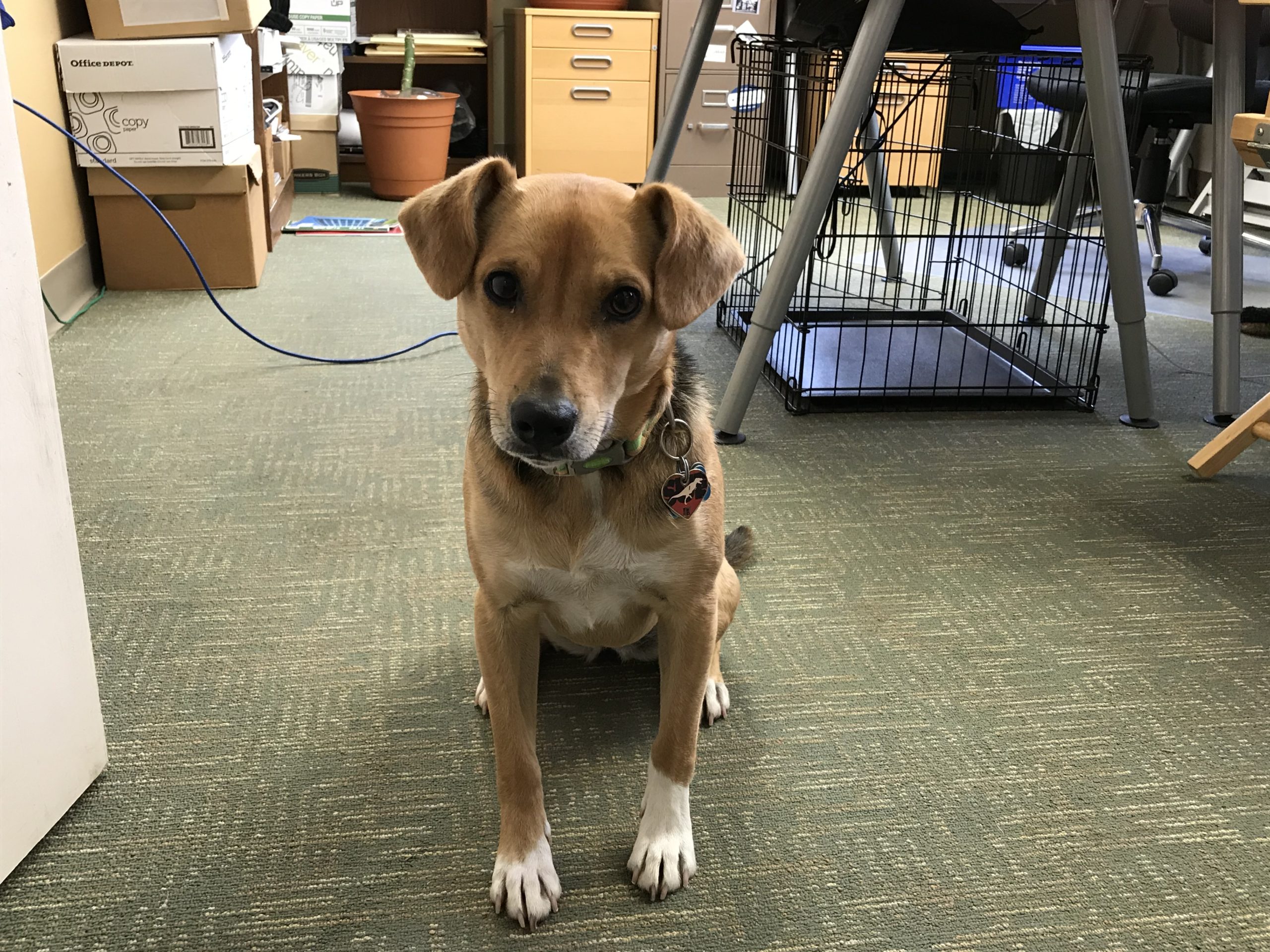 Ziti as she appeared on May 12, right after her annual exam.
Ziti as she appeared on May 12, right after her annual exam.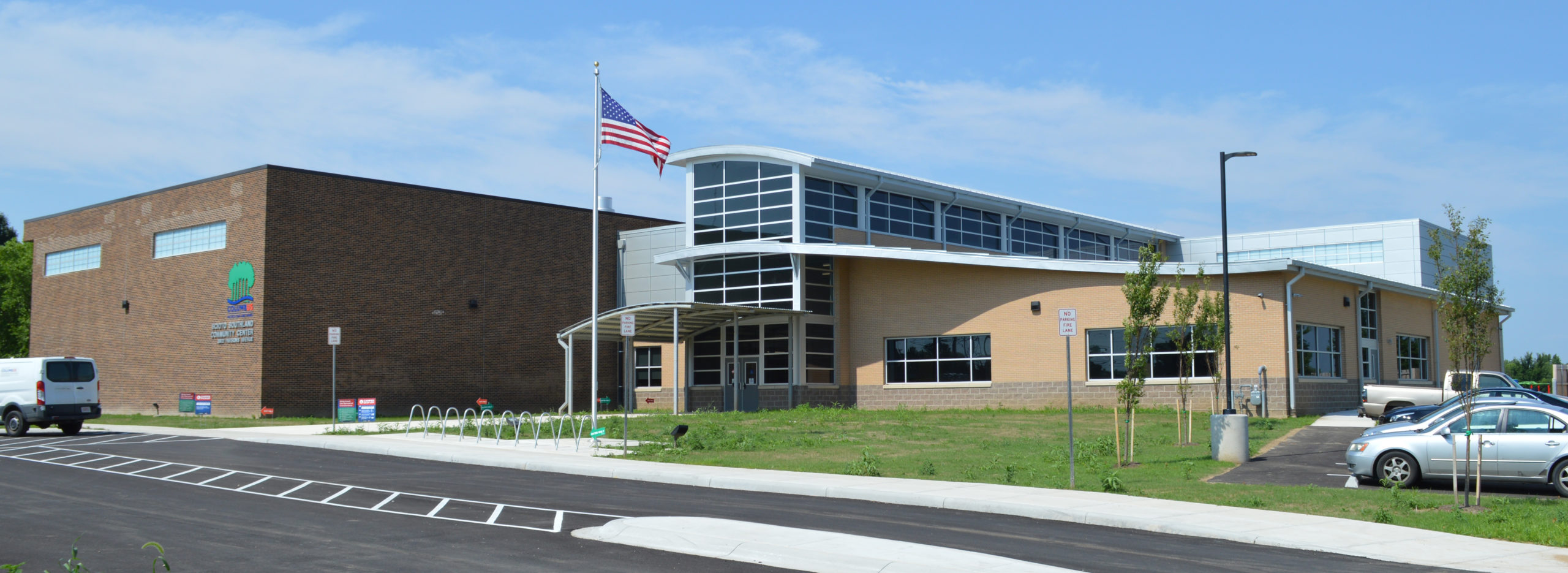 Overall exterior view, with the original gym at the left, next to the new entry spine.
Overall exterior view, with the original gym at the left, next to the new entry spine.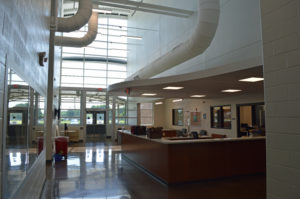
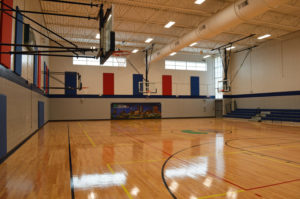 On the left is the new entry lobby with plentiful natural light. On the right is the existing gym that was saved and refurbished, with new windows and seating.
On the left is the new entry lobby with plentiful natural light. On the right is the existing gym that was saved and refurbished, with new windows and seating.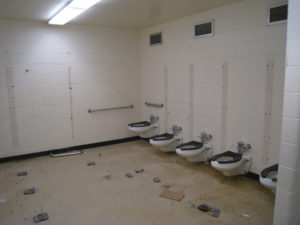
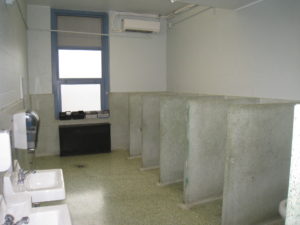 Left: The old partitions at Winterset Elementary School have been removed and accessories stockpiled for reinstallation on new partitions. Right: The doors on the terrazzo stalls at Hamilton STEM school have been removed, leaving the panels ready for cleaning.
Left: The old partitions at Winterset Elementary School have been removed and accessories stockpiled for reinstallation on new partitions. Right: The doors on the terrazzo stalls at Hamilton STEM school have been removed, leaving the panels ready for cleaning.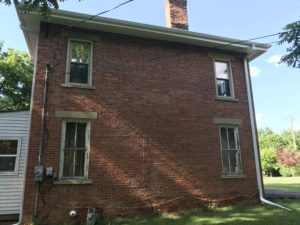
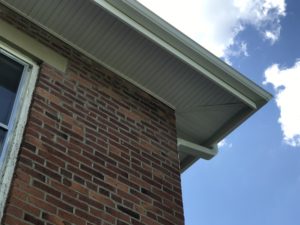 On the left is the south side elevation of the Gardner Homestead. On the right is a detail of the completed soffit, fascia, gutter, and downspout.
On the left is the south side elevation of the Gardner Homestead. On the right is a detail of the completed soffit, fascia, gutter, and downspout.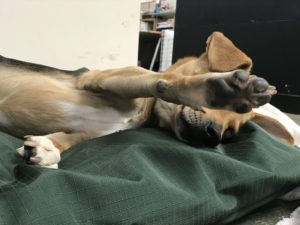
 Left: Ziti declares NO PUPARRAZI in the office–go back to work! Right: It’s OK to pose for planting season on the weekend.
Left: Ziti declares NO PUPARRAZI in the office–go back to work! Right: It’s OK to pose for planting season on the weekend.
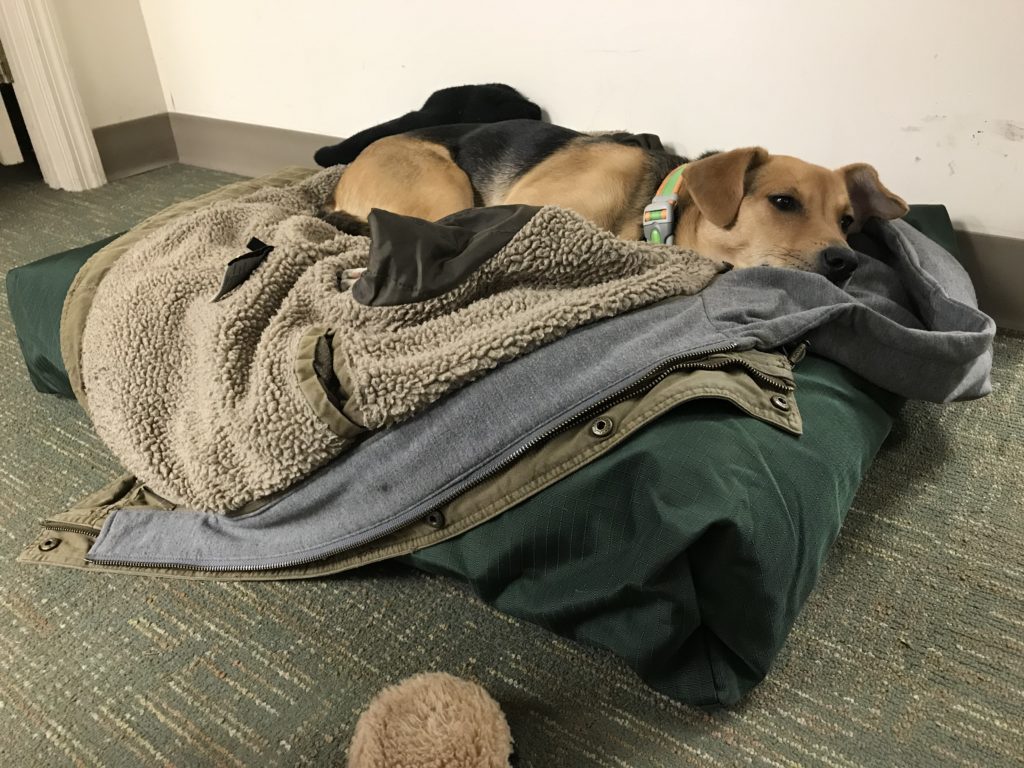 Ziti doesn’t have much to do except lounge around since there’s no one around to greet.
Ziti doesn’t have much to do except lounge around since there’s no one around to greet.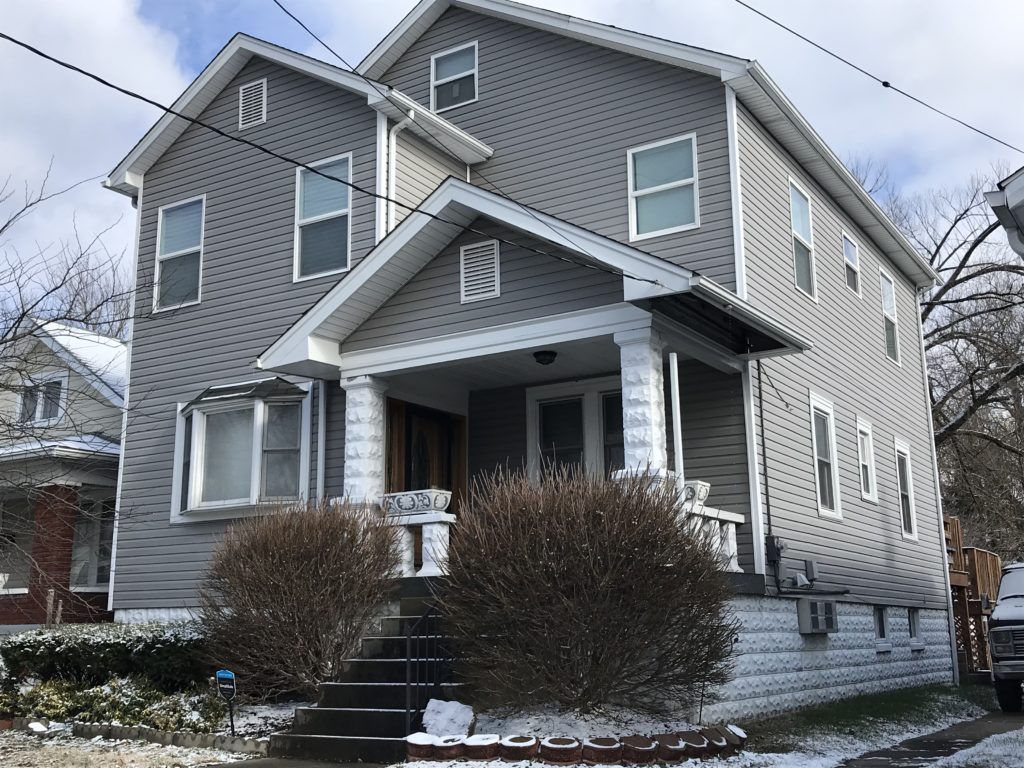
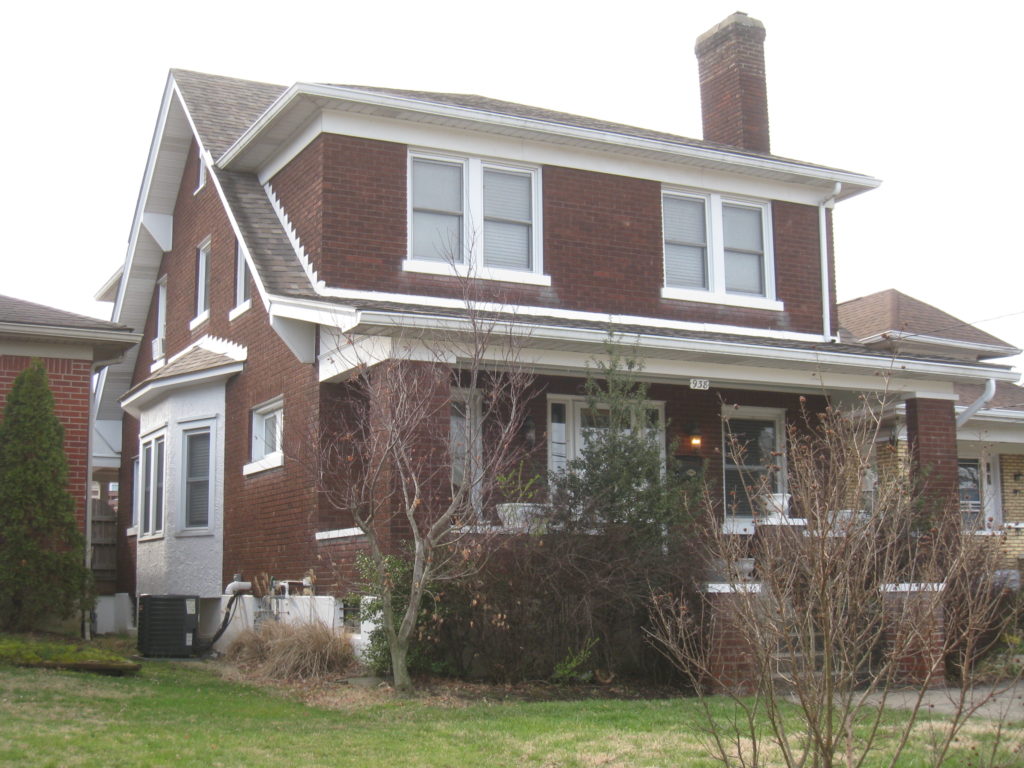
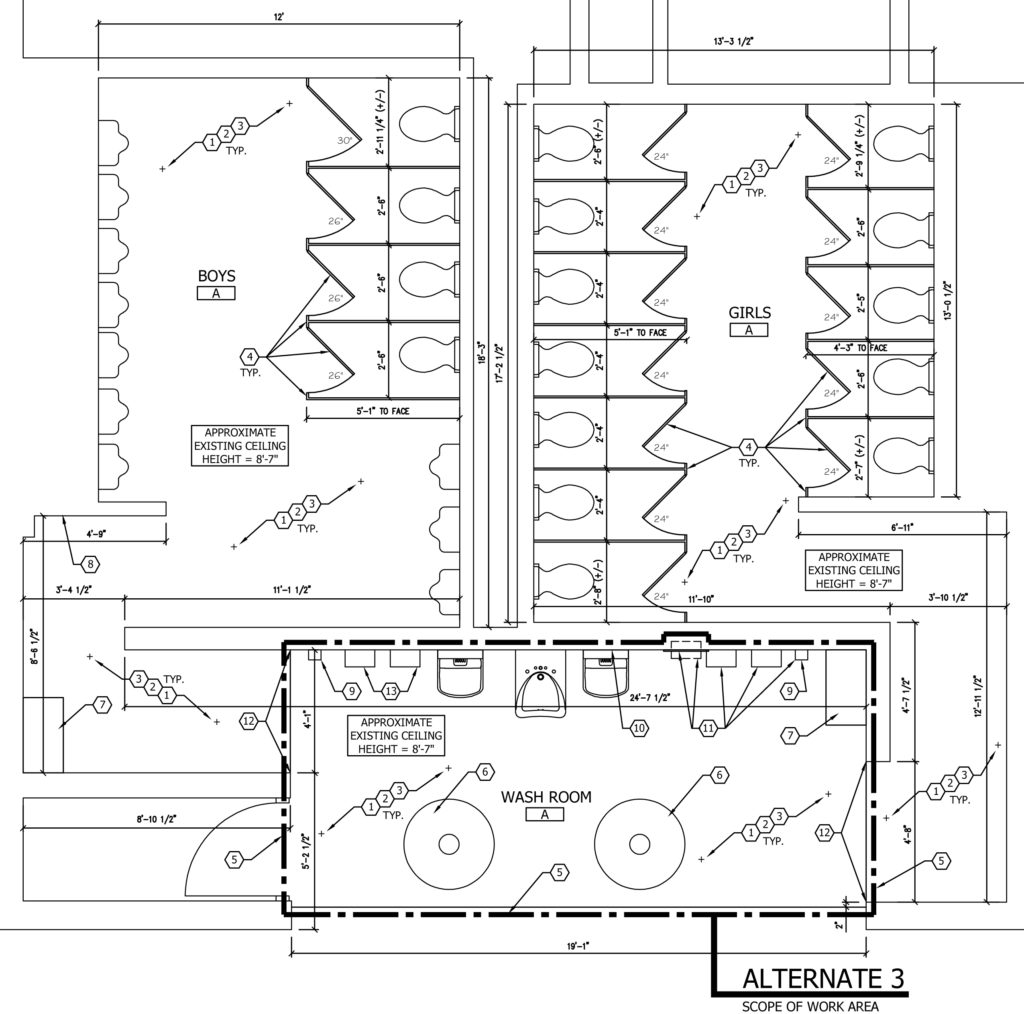 Drawing for one of the elementary school restroom improvements.
Drawing for one of the elementary school restroom improvements. Drawing of the west (pool side) elevation of the new Devon Pool equipment building.
Drawing of the west (pool side) elevation of the new Devon Pool equipment building.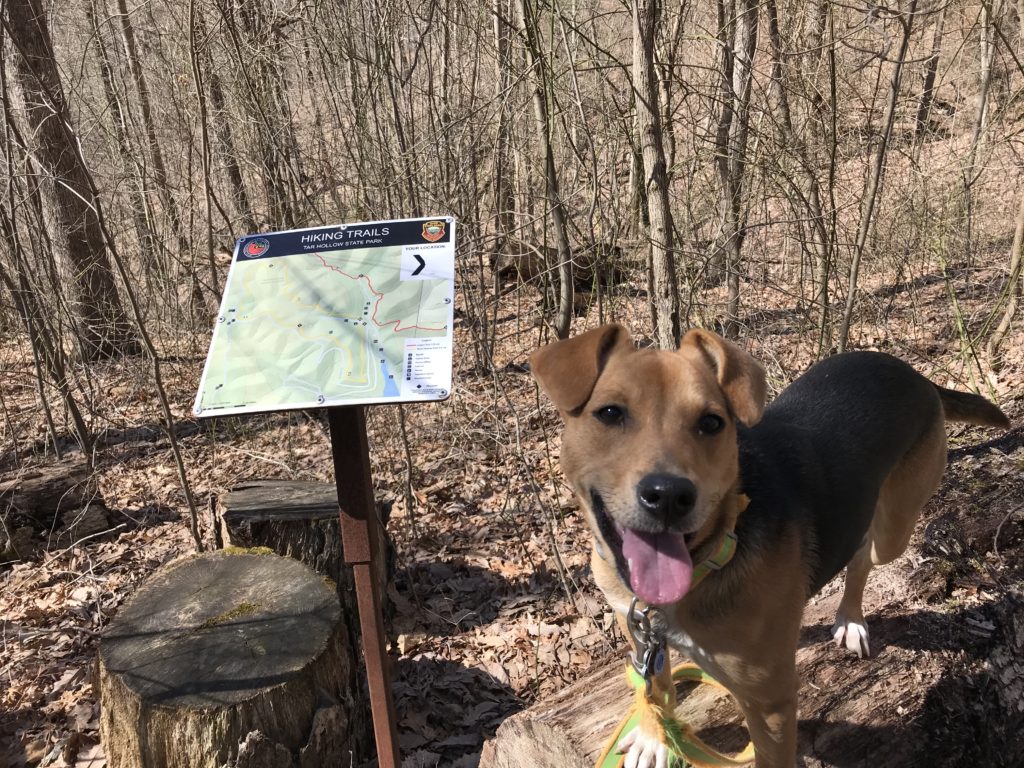
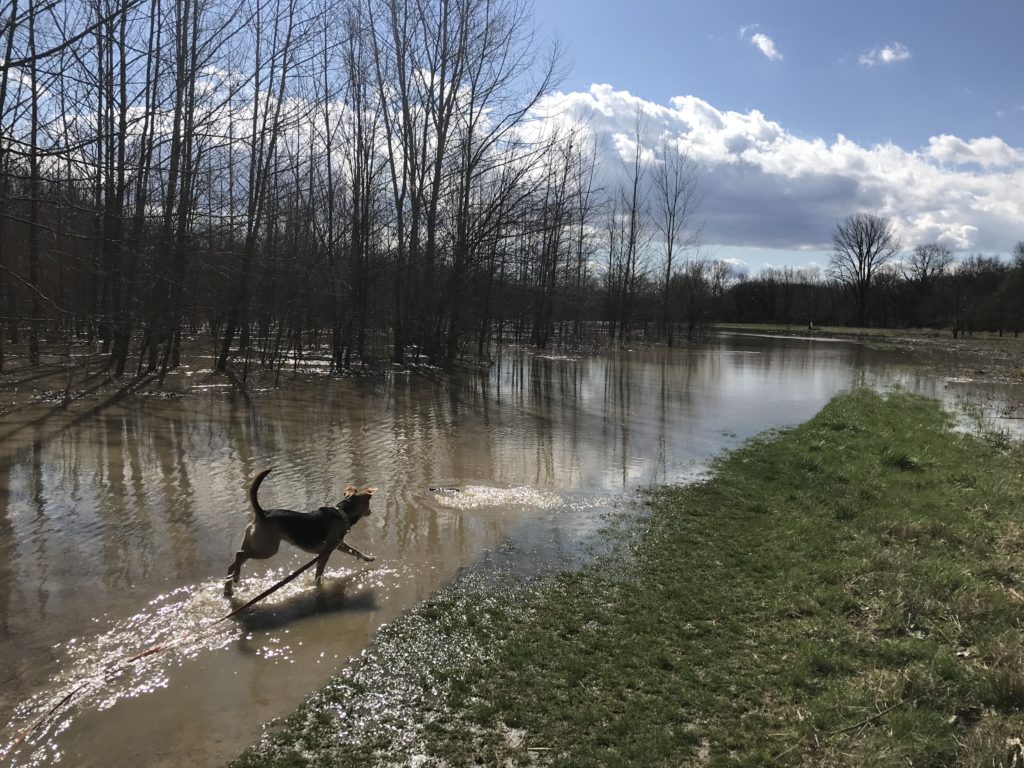
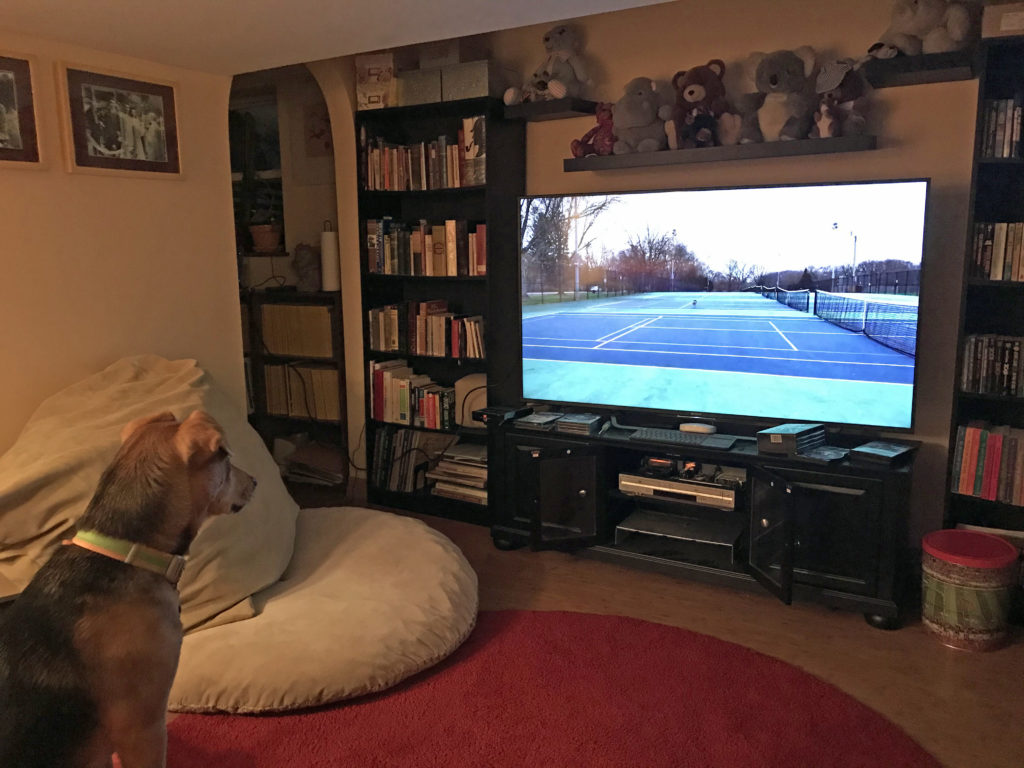 When home, Ziti sure enjoys watching videos of herself!
When home, Ziti sure enjoys watching videos of herself!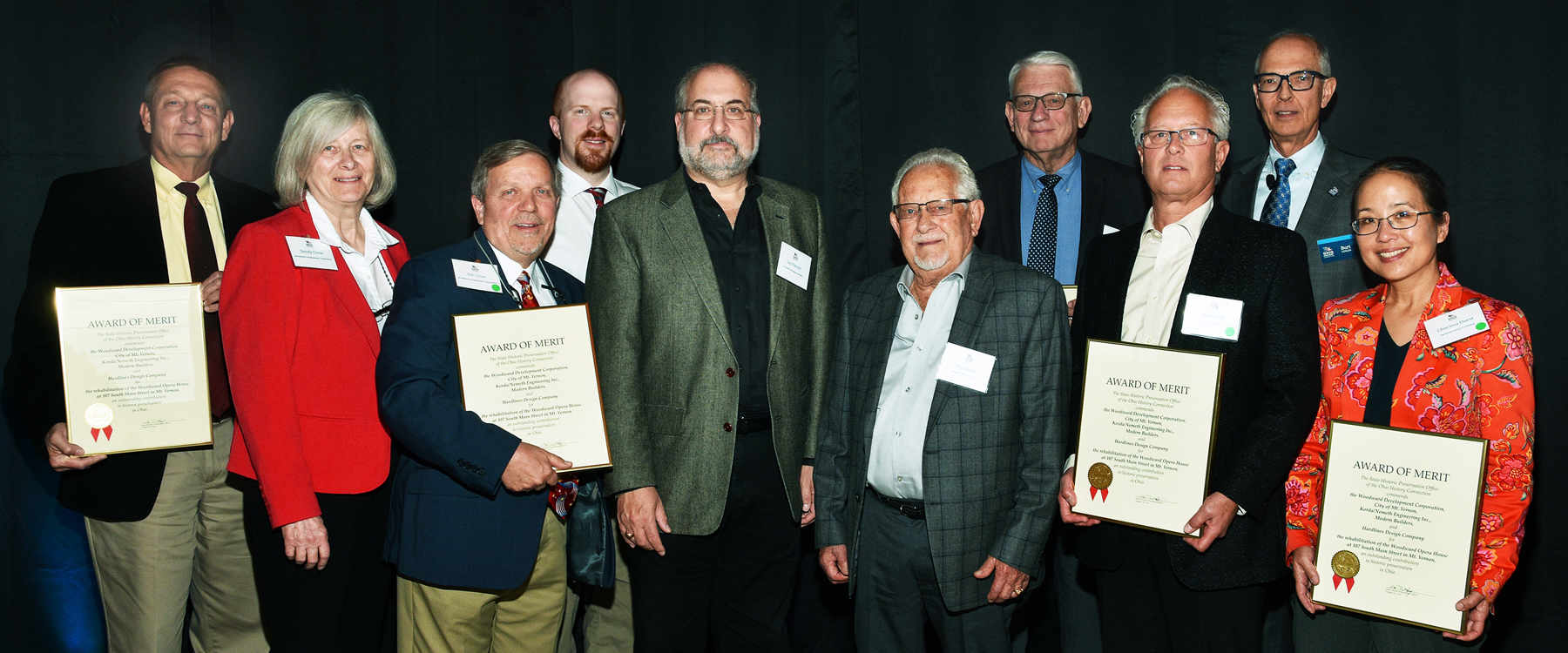 The Woodward Opera House project team: Jim Demsky (
The Woodward Opera House project team: Jim Demsky (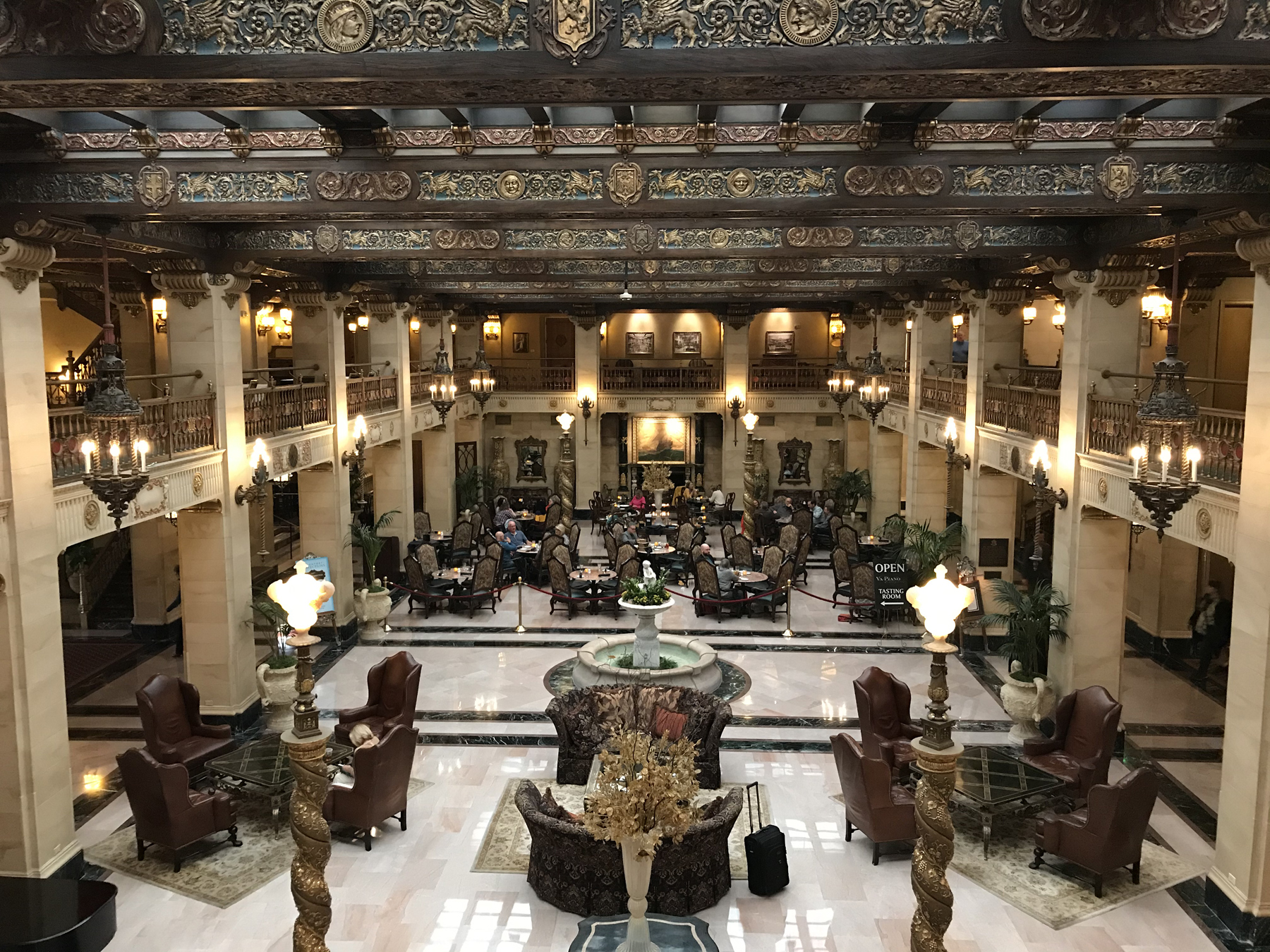
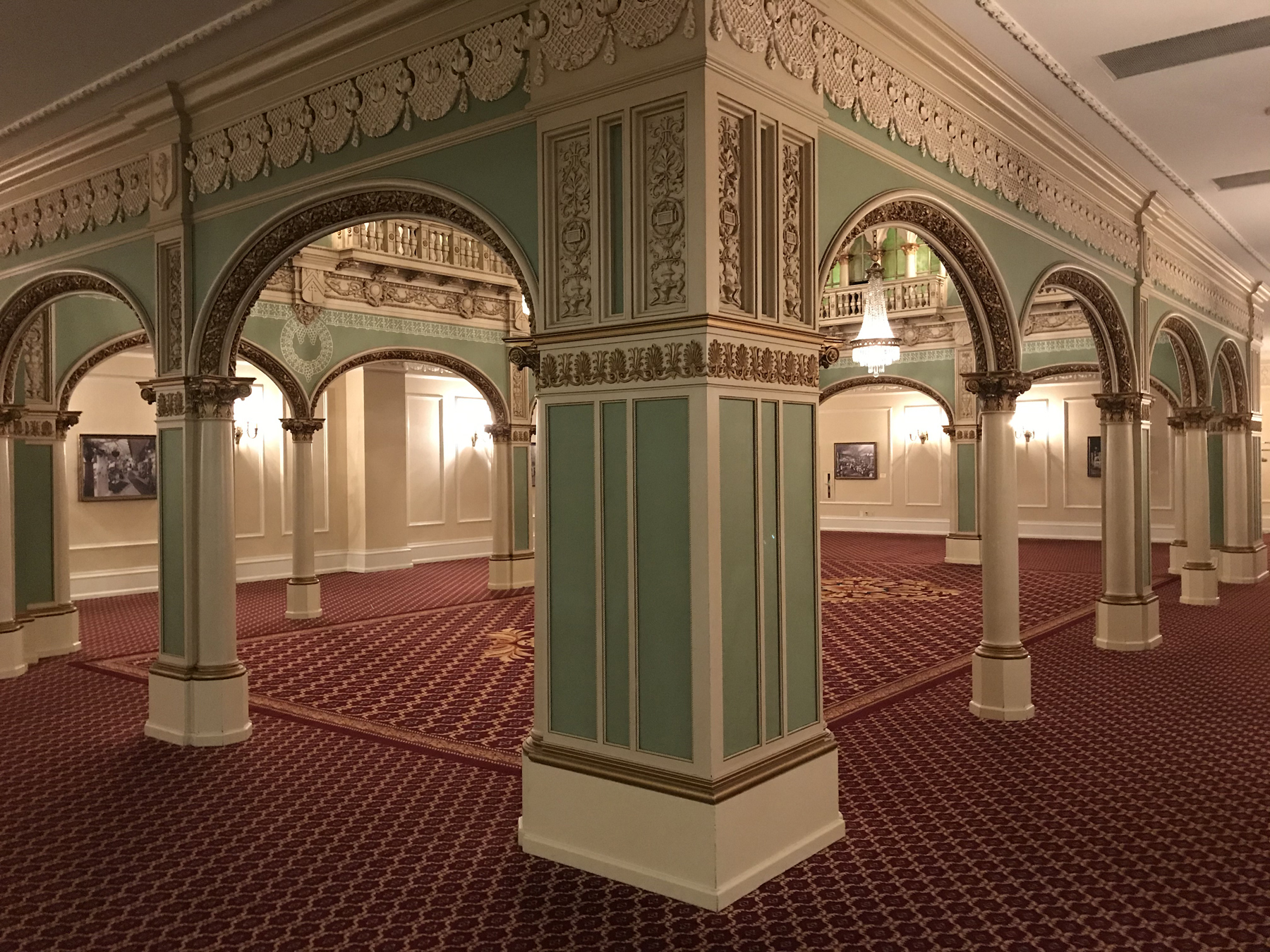 Left: The grand lobby of the historic
Left: The grand lobby of the historic 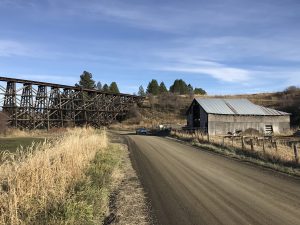
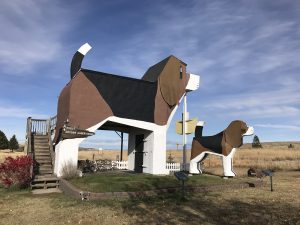
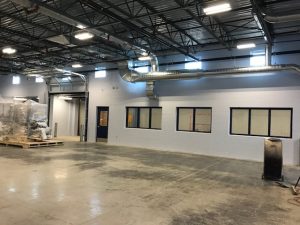
 Left: Interior view showing clerestory windows high on the wall. Right: Interior of the loading dock that is now under roof.
Left: Interior view showing clerestory windows high on the wall. Right: Interior of the loading dock that is now under roof.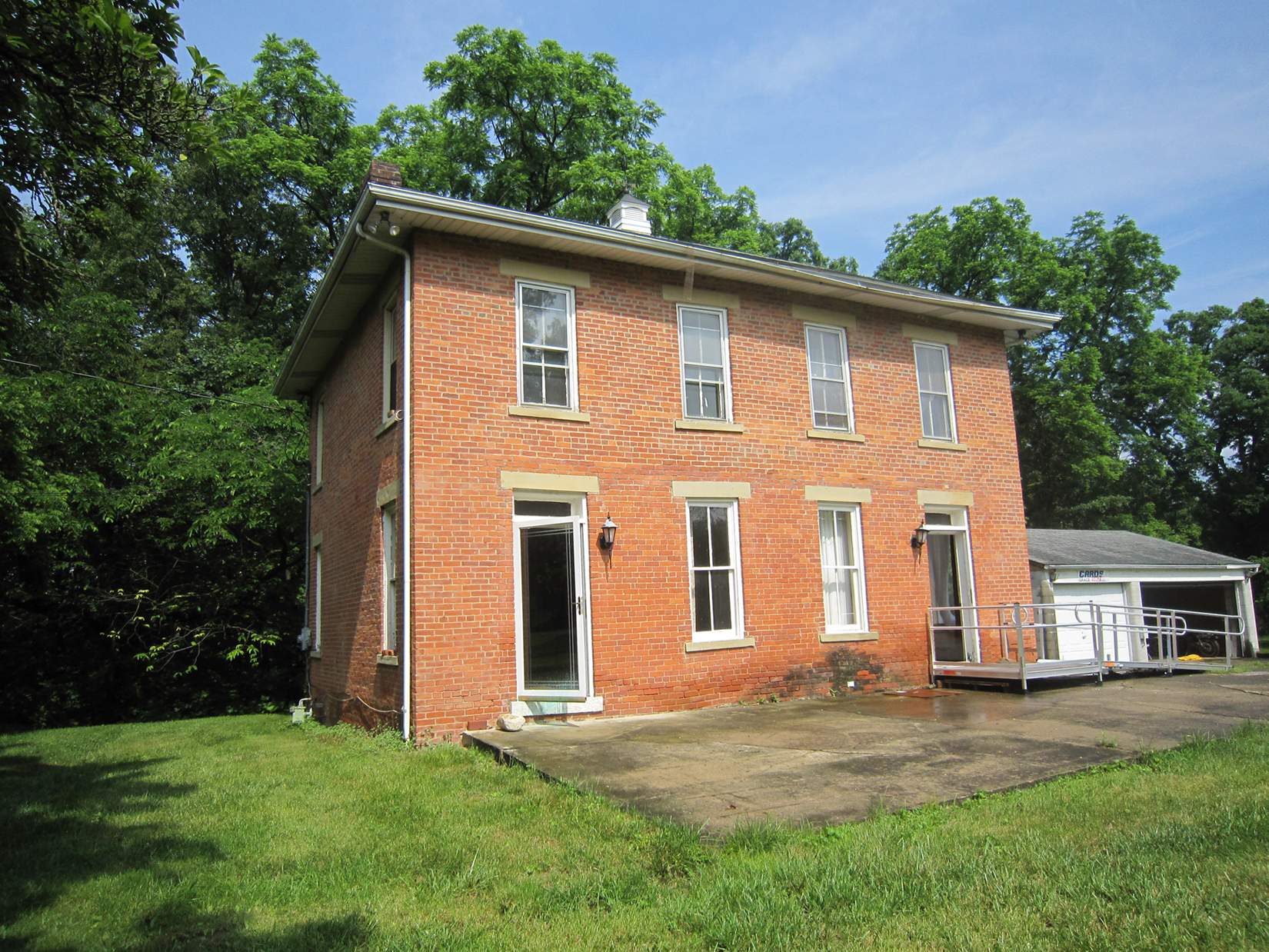
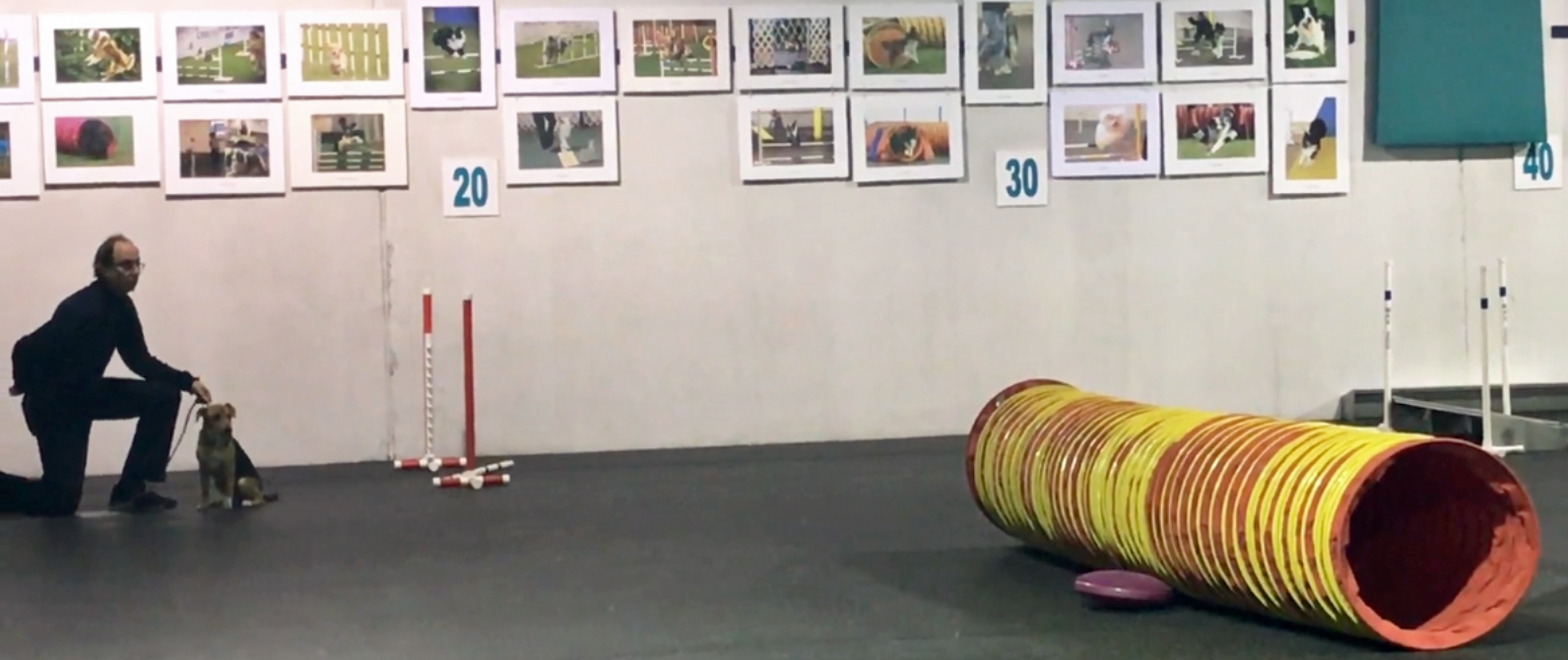 Don gets Ziti ready to run through the tunnel.
Don gets Ziti ready to run through the tunnel.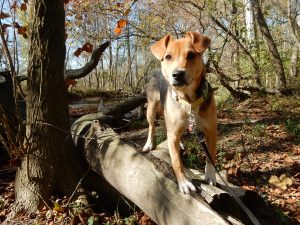
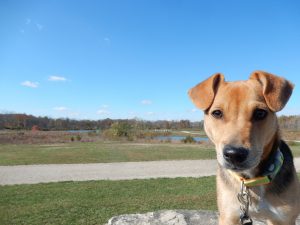 Left: Ziti now walks elevated logs with ease — good training for the agility course! Right: Ziti photobombs a landscape shot at Prairie Oaks Metro Park that Don was in the process of setting up.
Left: Ziti now walks elevated logs with ease — good training for the agility course! Right: Ziti photobombs a landscape shot at Prairie Oaks Metro Park that Don was in the process of setting up.